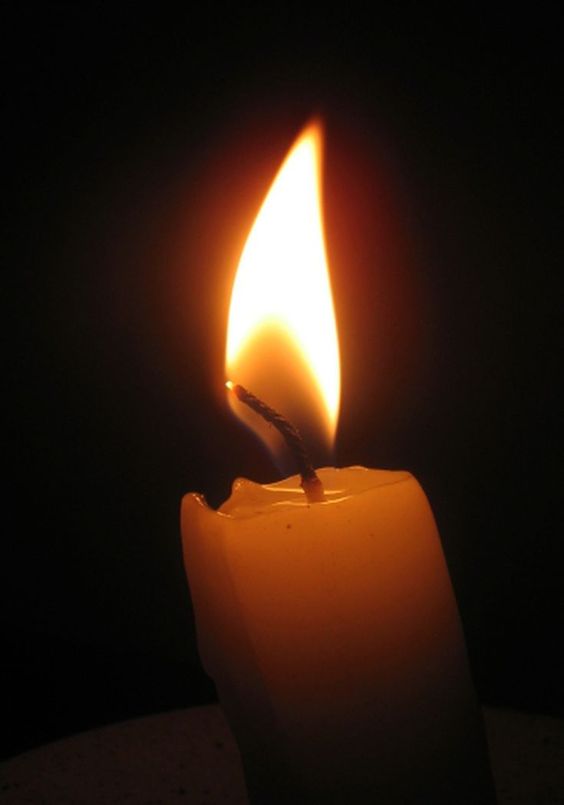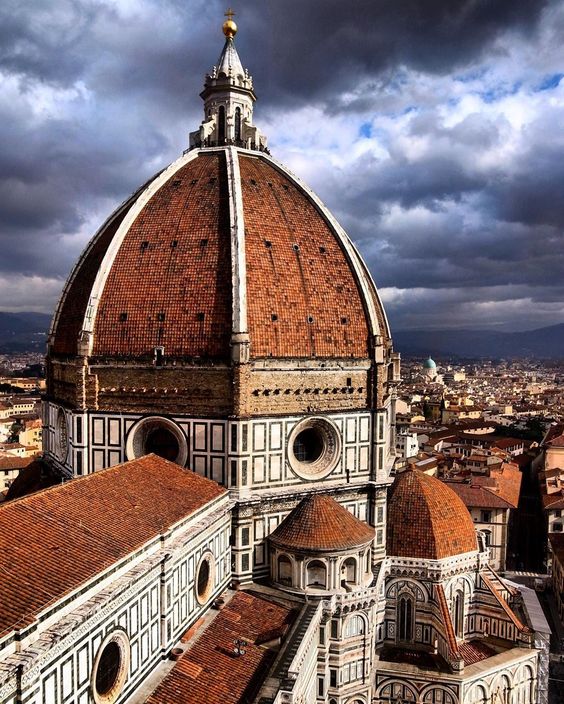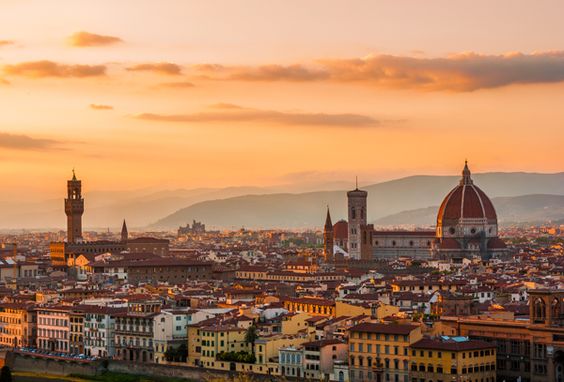In which the Thrify Fictionista abandons her usual carefully considered annual Top 5 posts and crams all her thoughts about the things she has read, watched and listened to during 2021 into one hot mess of a post entirely appropriate for the year that was…
Folks, I am so grateful for the gift of literacy. To be able to read — and hence escape between the pages of a book — is one of my life’s true delights, a pleasure that has only been heightened by being part of a protracted historical event. So, as of now, I’m putting on my positive pants and dismissing any further mentions of that pesky Pandemic in this post, and presenting to you in an order as yet unknown to me with the things I loved most this year. Books, TV shows, movies, songs and various bits of ephemera that caught my attention, held it, and made me feel. Because FEELING is what it’s all about, my friends.
I’m going to kick things off by recommending Craig Silvey’s book Honeybee, which just so happened to be the first book I read in 2021. It’s brilliant. So much so, I wondered whether I would read anything as good for the rest of the year (spoiler alert — I did, so please read on). Honeybee made me laugh, cry, shake my fist in both rage and triumph. I absolutely loved it, and reckon you should get a copy for yourself. Pronto.
Another summer holiday read I thoroughly enjoyed was Melissa Lucashenko’s Too Much Lip. In addition to having a cracking storyline following the main protagonist, Kerry Salter, and generations of her First Nations family, this story is dramatic and darkly comic. I may have found it even more engaging because the country where the tale is set (despite focusing on a fictional town called Durrongo) reminded me strongly of a part of northern NSW where I spent a lot of summers during my childhood.
Shortly after reading these, I got stuck into watching Narcos on Netflix. I was very late to the party, I know, but after watching Pedro Pascal in The Mandalorian I was keen to see what he could do without a helmet on and was not disappointed. Wagner Moura did a brilliant job of portraying Pablo Escobar and (being a non-Spanish speaker) I was not troubled by the fact that he apparently wasn’t so great at nailing the Medellín accent. Watching Narcos was an edge-of-your-seat ride combining politics, risky and highly illegal business, insurgents, excess and corruption, ever-present danger, families and cartels, the Colombian jungle, and a few blokes who were trying to stop the whole cocaine trade in its tracks, and I loved it.
By the time Lockdown rolled around again (I think it was the third one for us — the one that went for 17 weeks?), our whole family was looking for something to escape into, and when we weren’t snort-laughing watching back episodes of Travel Guides, which we also watched to take in scenery of anywhere but our own backyard, we got right into The Mysterious Benedict Society on Disney Plus. This was a show the entire family enjoyed, and the fact that a new episode dropped only once a week gave Marvel Girl and Miss Malaprop a taste of what life was like for The Bloke and I when we were kids in the days before streaming services. We’re all looking forward to Season Two!
Speaking of second seasons, we also used up quite a few tissues earlier in the year watching Old People’s Home for Four Year Olds on ABC iView, which also prompted Marvel Girl to develop an app for older Australians with some of her classmates for a Praxis project at school. The entire family loved the show and The Bloke and I were really proud when Marvel Girl and her mates took out the top gong for the project it inspired.
During lockdown I also embarked up on a Couch to 5km project that was curtailed only by us having to pack up and move house, but heading out on a run gave me the opportunity to listen to tunes. Not surprisingly, the music I’ve been listening to this year has been far more gentle than I would normally go for. I got into things like:
- Running Red Lights by the Avalanches, Rivers Cuomo, Pink Siifu
- Balenciaga by New West
- Strange Girl by Laura Marling
- Smile by Valerie June
- Move by Flight Facilities, DRAMA
I also delved back into some oldies but goodies like The Wallflowers’ One Headlight, Funkadelic’s Can You Get to That and U2’s I Will Follow. Troubled times call for familiar favourites.
On the reading front, I got through those seventeen long weeks with the help of Hilary Mantel and her truly remarkable trilogy of Wolf Hall, Bring up the Bodies (both of which I re-read) and The Mirror and the Light. I am in awe of Mantel’s writing: sometimes her words were so beautifully, perfectly chosen that I would have to mark my place in whichever of the gorgeous hardbacks I was currently reading with the jewel-toned ribbon bound into the cover and simply close my eyes. Then I would go back and read the passage again and sigh (often quite audibly), and would then find myself hoping that one day I, too, will be able to write so succintly, so eloquently, so precisely, and also to elicit such feeling. Because — as I said earlier — it’s all about the FEELING, folks.
I had a similar reaction to reading Ed Ayres’ book Whole Notes, which is truly and utterly a MUST READ for any music lover. Unusually for me, I have embarked upon a second reading of this volume, which is part “call to instruments” and part memoir of becoming a trans man aged 50 (better late than never, as Ed says). Same goes for the brilliant Trent Dalton’s book Love Stories — but as any regular readers of this blog will know, the Thrifty Fictionista is a massive fan of Dalton’s work and it did not come as a surprise to me that I found myself wanting to stretch Love Stories out for as looooooong as I could, trying to make it last — it was that good.
Sigh, again.
What else did I enjoy this year? I binged all three seasons of Medici on SBS On Demand and found myself going down various Florentine themed rabbitholes on the interwebs for quite some time afterwards. Filmwise, I got a bit of a kick out of the 2020 movie Rose Island (or, in the original Italian, L’incredibile storia dell’Isola delle Rose), and I also enjoyed Hugh Grant in The Gentlemen.
The Bloke and I decided it was high time we introduced the kids to Daniel Craig’s Bond movies, and so far we’ve watched Casino Royale, Quantum of Solace and Skyfall. I suspect Spectre will be on the menu soon (if my offspring are not devouring more episodes of Gilmore Girls, which they have recently discovered and have many questions about — including what a video store was — thereby making The Bloke and I feel somewhat antiquated, if not ancient). We also made the kids watch Dirty Rotten Scoundrels, which looks massively dated but the jokes still hold up, for the most part. I tried to get them into watching Lupin (which I loved) but it only piqued the interest of the Paris-loving Marvel Girl, and failed to grab Miss Malaprop. That said, we all thoroughly enjoyed Hawkeye.
There are a couple of other things I don’t think I could have got through 2021 without — like watching episodies of 30 Rock on Stan, because sometimes all you really need is 20 minutes of madness and mayhem from Alec Baldwin and Tina Fey to lift your spirits. In a year where internet shopping has taken on a life of its own, I am still eyeing off a T shirt reading “Royal Tampa Academy of Dramatic Tricks” in honour of Jenna Maroney’s alma mater, but I ended up settling for a 3 pack of Silent Theory T shirts instead (the Lucy style is great and the quality is top notch, in case you’re asking). Another internet purchase I loved? A drink bottle from Target that has the hours of the day printed down the side so I know where my water intake should be up to when. But I digress…
What else? What else did the Thrifty Fictionista love? Well, towards the end of the year I got right into reading Dave Grohl’s book The Storyteller, which inspired our New Year’s Eve feast of Kentucky Fried Chicken and French Champagne. And I finished up the year reading Hannah Kent’s Devotion, Sarah Winman’s Still Life, Evie Wyld’s The Bass Rock and Anne Enright’s Actress — all of which were great, and made for a solid finish to a rather troublesome year.
And so, friends, here endeth the Thrifty Fictionista’s cultural ramblings through the year that was. I would love to hear what you watched, listened to and read during the past year than made it more bearable for you and yours. I hope you find some solace or joy in what I enjoyed.
Mind yourselves, and all the very best for 2022,
BJx









